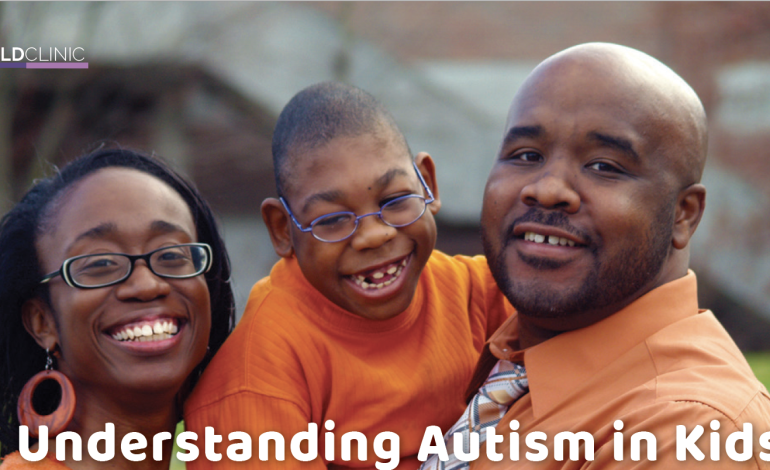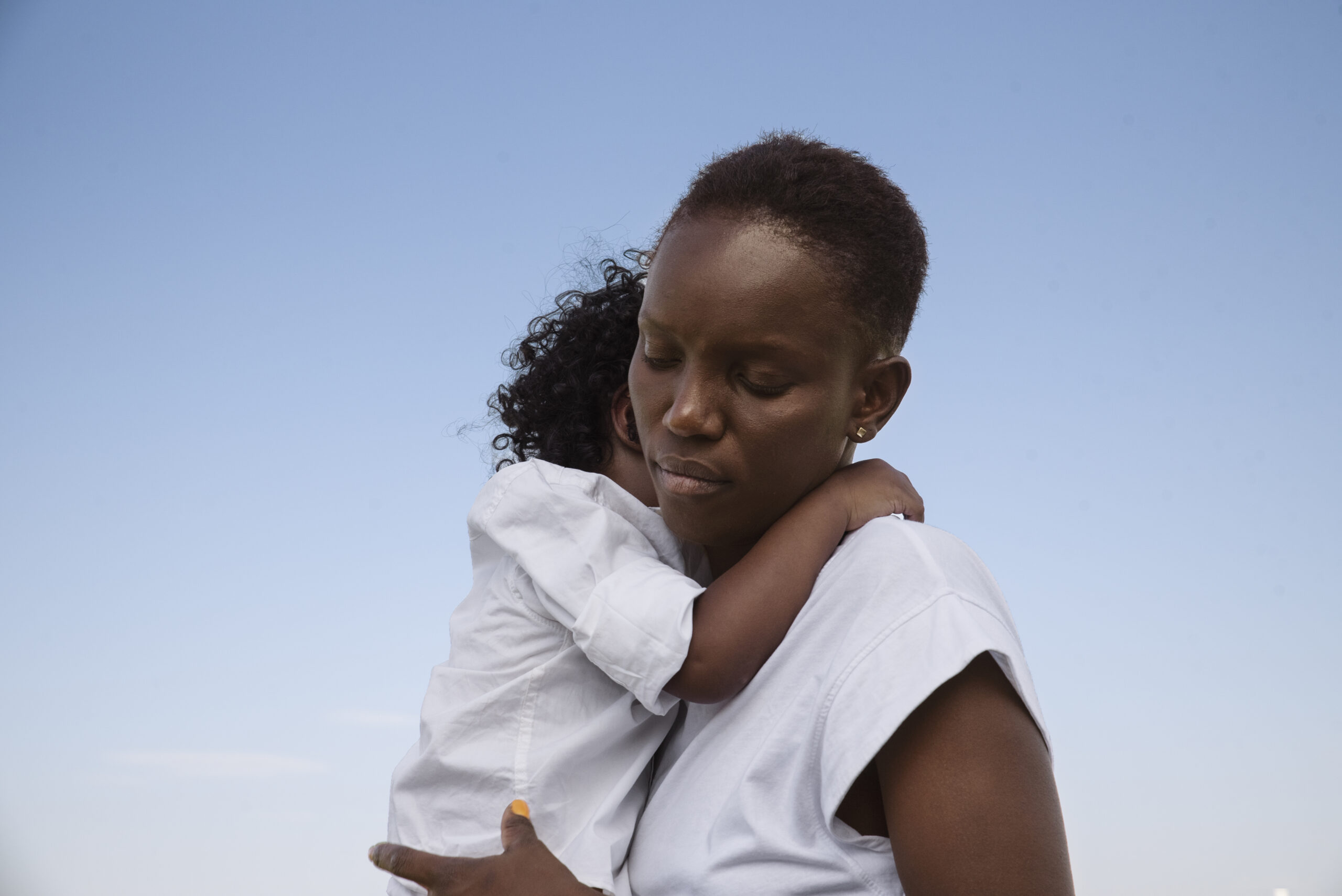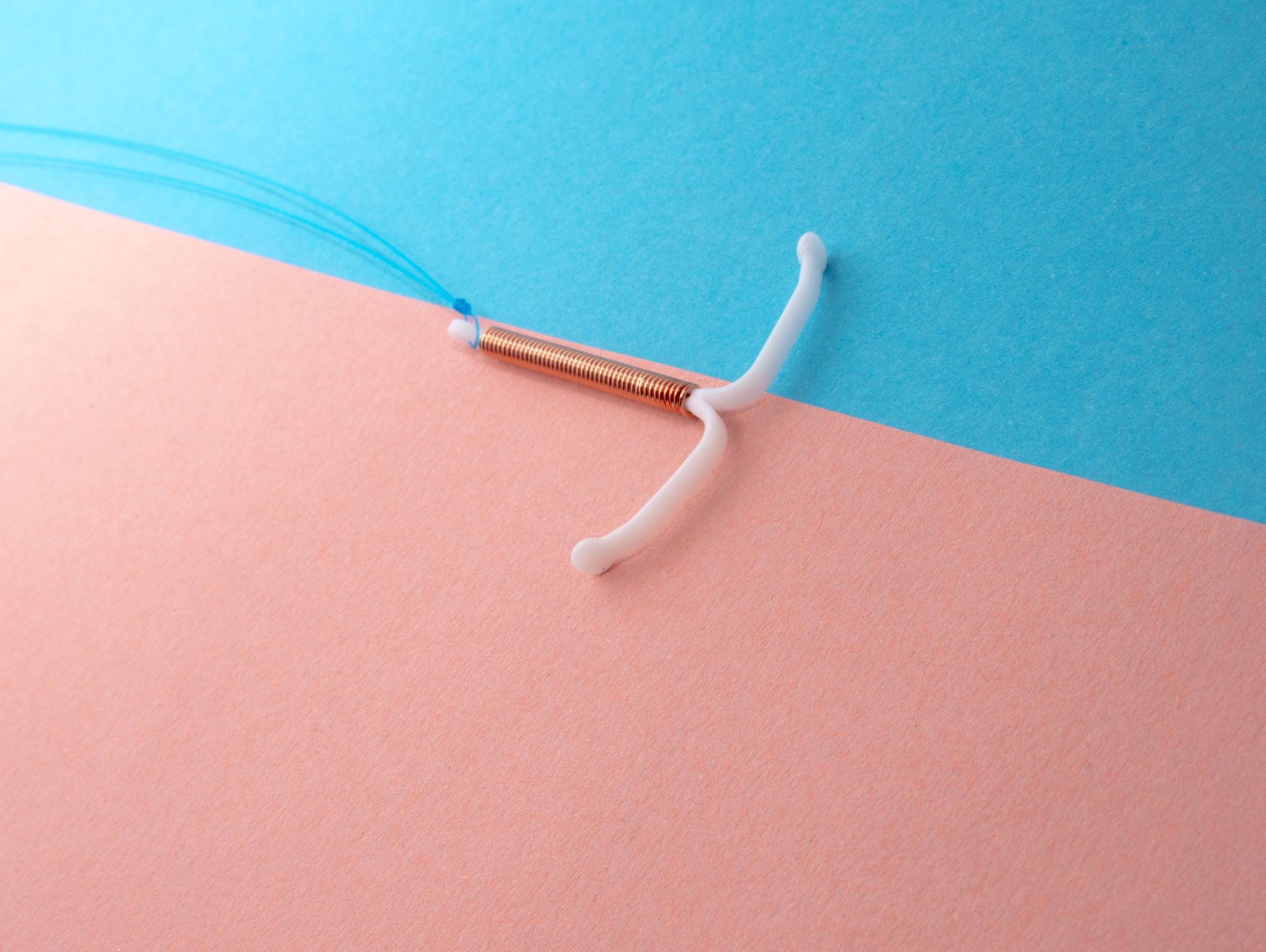Understanding Autism in Kids

What causes autism?
As it stands, the exact cause of autism is unknown. What is known though is that autism spectrum disorder (ASD) interferes with the affected person’s neurodevelopment and is strongly linked to one’s genetic composition. Other suspected causes include:
- Having an immediate family member with autism
- Having children at an old age
- Exposure to toxins
- A fragile X syndrome
- Metabolic imbalances
What should you look out for?
ASD affects children in different ways. It is, however, vital to see a doctor when your child exhibits the following signs:
- Does not respond to their name by 12 months.
- Does not point or show interest to any object by 14 months.
- Does not play pretend games by 18 months.
- Flaps hands, rocks their body and spins in circles.
- Repeats words over and over.
- Gets upset over minor changes in routine
Common types of autism
Although disorders on the autism spectrum continue to be updated, there are three common types of autism. They include:
Asperger’s Syndrome: This is the ‘mildest’ disorder on the autism spectrum. Children with Asperger’s don’t have any sort of intellectual or language impairment. As a result, children with this disorder often end up getting diagnosed at a later stage. They, however, find it difficult to chart social waters. This includes difficulty in interpreting social cues and can at times get hyper-focused on certain interests which they partake in obsessively.
Autistic disorder: Also referred to as ‘classic’ autism. This is what most people think of when they hear the word autism. Children with this disorder have significant impediments in their social, communicative and behavioral traits. On top of this, they are usually intellectually impaired and are very sensitive to all sorts of stimuli.
Pervasive development disorder: It is also referred to as ‘atypical autism’ or PDD-NOS. Children affected by this disorder have some but not all of the symptoms of both Asperger’s syndrome and autistic disorder. The first sign of PDD usually is delayed talking and movement before snowballing to other areas such as how they behave. PDD, however, doesn’t have an impact as significant as that of autistic disorder.
How is autism treated?
ASD can only be managed and not treated. There are various forms of treatment (mostly therapies) that can help your child cope. They include:
Behavioral therapy: This is an umbrella term used to refer to various forms of therapy that help deal with mental health disorders. At heart, these forms of therapy aim to identify and alter behaviours deemed to be self-destructive. It therefore teaches children to alter their beliefs or behaviour to avoid negative emotion.
The therapist achieves this by teaching the child strategies on how to modify their thoughts and offers various alternative responses for certain situations. For example, if there is a minor change in the child’s daily routine and they don’t respond positively to the change, the therapist helps the child find alternative ways to respond to such scenarios. This is, however, a short-term solution as its end goal is to teach the child how to cope with difficult situations.
Hyperbaric Oxygen Therapy: This involves getting into a hyperbaric oxygen chamber where the body is exposed to 100 per cent oxygen so as to deliver a higher concentration of oxygen to the body’s tissues, something that wouldn’t be possible under normal conditions. This improves certain physiological abnormalities in the child, such as cerebral hypo-perfusion, inflammation and mitochondrial dysfunction, all which are caused by ASD.
- Alternative forms of treatment include:
- Chelation therapy. It involves flushing metals from the body.
- High dose vitamins.
- Sleep, play and occupational therapies.
Children with ASD are, however, very delicate and particular. It is, therefore, recommended that with the help of your doctor you find a form of treatment that is suitable for your child.
This article was first published in the April 2020 issue of Parents Magazine







